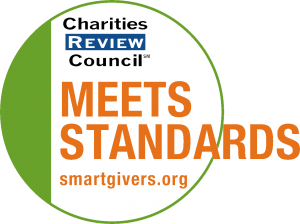Impact and Programs
Accomplishments
Last year, Advantage Services supported 5,203 residents and an additional 309 community members.
95% of households with a lease violation in the past 12 months who maintained housing or exited positively.
64% of adults placed in jobs who retained employment one year post-placement.
73% of health and wellness participants who maintained or improved strength and coordination.
Current Goals
The overall goal of CommonBond Communities is to fulfill our mission of building stable homes, strong futures, and vibrant communities. Our visionary goal is to be serving 15,000 residents by 2025, and we chart progress towards that goal.
Community or Constituency Served
Youth, families, and adults of all ages
Geographic Area Served
CommonBond currently serves Minnesota, Wisconsin and Iowa. We plan to add housing and services in Rapid City, South Dakota over the course of the next year.
